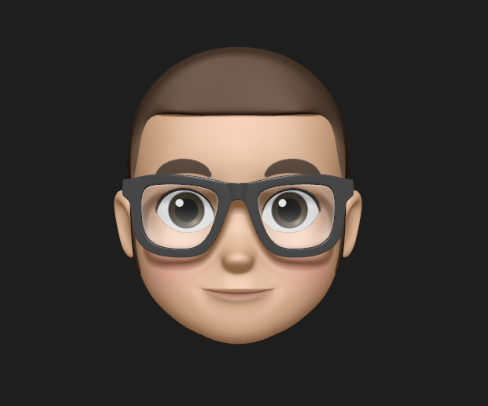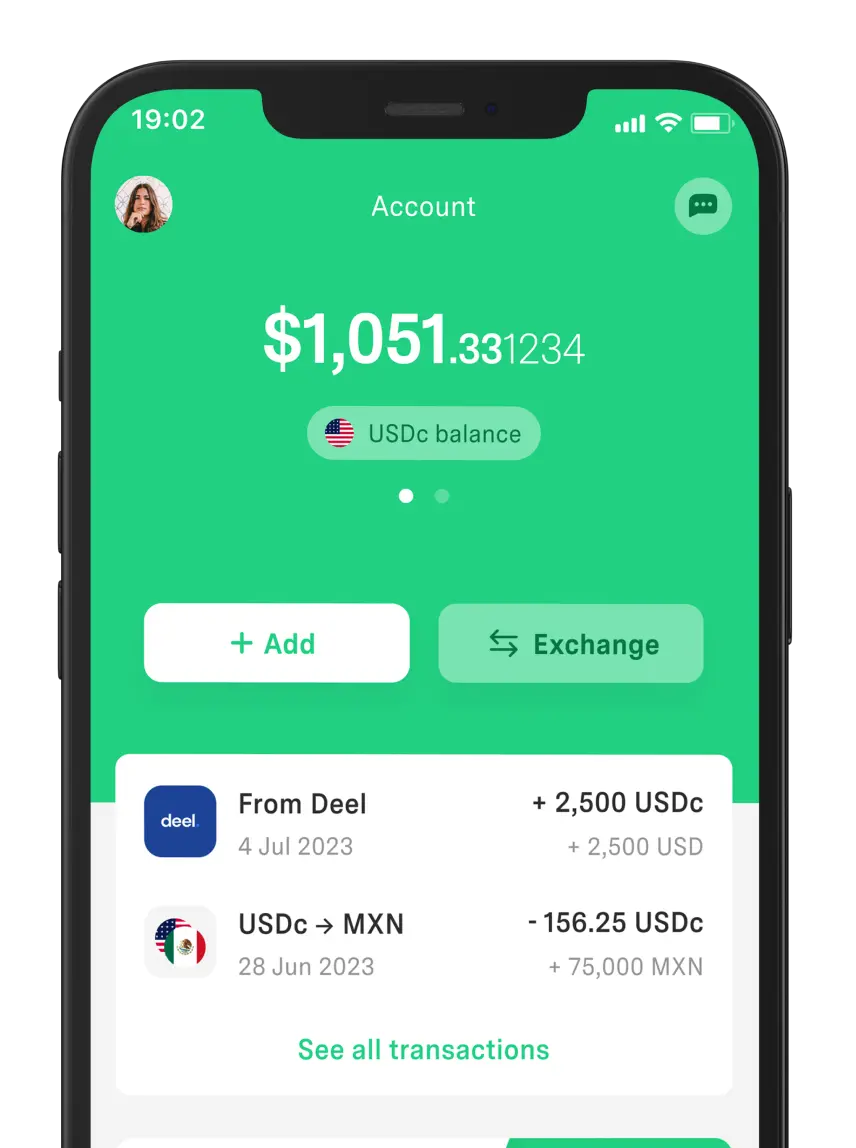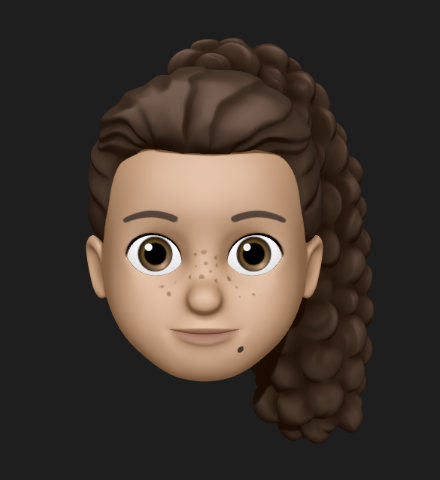 Freelancer tips
Freelancer tips Burnout Syndrome: What It Is, Symptoms, and How to Prevent It
Discover what burnout syndrome is, its main causes and symptoms, and what you can do to prevent it and regain balance.



Every day we make decisions, both in our personal and professional lives. Some are simple and get resolved quickly and intuitively, while others are strategic and require more time, analysis, and reflection.
This means not all decisions follow the same level of planning.
However, in both cases, understanding what the decision-making process is becomes essential to do it well. That’s why, in this article, we present its characteristics, stages, examples, and a few tips to improve it.
It’s the set of structured steps that allows you to identify the best possible alternative when facing a specific problem or situation. In essence, it involves analyzing information, comparing scenarios, and assuming the consequences.
People often talk about the decision-making process in professional settings. But it actually applies to any context where strategies must be defined. This includes choosing a major, running a business, changing jobs, or setting personal goals.
In other words, the decision-making process is the path we follow to choose with judgment and purpose.
This process has essential characteristics that ensure its effectiveness:
It has a defined purpose. It arises from a specific need that drives the search for solutions.
It’s supported by information and logical reasoning. It requires reliable data and rational analysis to undergird each decision.
It’s influenced by context and emotions. Personal, social, or environmental factors can change perception and outcome.
It evaluates options. It compares alternatives and anticipates consequences before acting.
It’s flexible. It can adapt to changes based on circumstances or new information.
It can be individual or group-based. One or several people may be involved depending on the situation.
It’s conscious and responsible. It requires leadership, willingness, and commitment to own the effects of the decisions made.
It’s action-oriented. It concludes with the practical application of the selected alternative to achieve the goal.
In short, it’s a dynamic process where several elements intervene so the result is rational, conscious, coherent, and effective.
As noted, the decision-making process follows a logical sequence of steps or phases—from identifying the problem to resolving it.
The steps to make decisions include the following stages:

Problem identification. First, define the situation, problem, or question—narrowing its scope and main causes.
Information gathering and analysis. Next, collect relevant data and analyze them to understand the context and possible consequences.
Generation of alternatives. Establish different options or strategies to solve the problem.
Evaluation of options. Analyze each alternative based on its advantages, risks, and feasibility.
Selection of the best alternative. At this point, choose the most suitable option according to objectives, resources, and expected results.
Implementation. Put the decision into practice.
Evaluation of results. Finally, review the outcomes and, if necessary, adjust the process or reconsider the decision.
Of course, the process doesn’t always follow this exact order. In fact, it can be repeated or adjusted as new data emerge or circumstances change.
Decision-making in business is as important as in personal growth. Below, through examples, we show how this process unfolds in different situations.
Decision-making process example:
Stage | Business example | Personal example |
Identification | A digital marketing company detects a decline on social media. | You feel your current job doesn’t offer growth opportunities. |
Analysis | The team reviews metrics, algorithms, and past campaigns. | You research the market and consult colleagues. |
Alternatives | Strategies to invest more, diversify, or open new channels. | You consider staying, changing jobs, or starting a business. |
Evaluation | They study costs, risks, and benefits. | You compare the pros and cons of each option. |
Selection | The company opts to reinforce its video marketing strategy. | You decide to look for a role that suits you better. |
Application | A plan is implemented and resources are assigned to the new strategy. | You send your résumé, attend interviews, and accept an offer. |
Results | They measure impact and adjust the strategy based on performance. | After a few months, you evaluate your satisfaction and development. |
As you can see, in both cases it’s necessary to follow a structured sequence. This way, you can better analyze options and achieve results that align with the proposed objectives.
When it comes to big decisions, take the time to plan with greater clarity, objectivity, and sound footing. Deep Work is a methodology that can help, as it promotes deep focus and analysis without distractions.
There are also other strategies that help improve the quality of the decision-making process:
Biases can distort how we perceive reality and evaluate information. It’s important to recognize them to improve the quality of your decisions.
One thing you can do is maintain a critical attitude toward your own conclusions. Cross-checking data with different sources and seeking objective opinions will help you analyze more objectively and reduce errors in judgment.
Consider organizing information and mapping possible courses of action with graphic organizers. These diagrams are useful for spotting bottlenecks and visualizing potential scenarios before deciding.
Though this depends on your need. For example, a flowchart is often used to represent processes, showing possible paths based on each answer or condition.

Another simple way to improve decision-making is to create comparison lists for each alternative. This method lets you contrast advantages and disadvantages or build “do’s and don’ts” grids to analyze expected results.

Collaboration improves the accuracy and quality of decisions—not only because you share information, but also because you contrast perspectives and reach more grounded conclusions.
Additionally, involving others offers certain benefits, for example:
Strengthens trust.
Helps spot blind spots and reduce biases in analysis.
Generates organizational learning.
Feedback, on the other hand, also plays an important role. According to the report published on ScienceDirect, it improves group dynamics and increases collective efficacy.
Therefore, fostering collaboration and feedback will help strengthen the decision-making process.
A clear, structured decision-making process enables you to move forward with greater confidence and reduce uncertainty. You can also strengthen it through practice, analysis, self-awareness, and by using visual resources for support.
In addition, many essential remote-work tools complement business decision-making. Some of them improve collaboration and speed up information sharing.
If you want to make better financial decisions, the answer is simpler: DolarApp, and here’s why:
You can use both digital dollars and euros.
It’s available in Mexico, Argentina, Colombia, and Brazil.
You pay only a 3 USDC/EURc fee for sending or receiving—regardless of the amount.
The currency-conversion exchange rate is fair and transparent.
You can do it all from the palm of your hand.
All in all, a convenient financial solution for anyone who needs to operate with international currencies.
The process includes identifying the problem, analyzing information, generating alternatives, evaluating them, selecting the best option, implementing it, and reviewing results. However, the order or models may vary depending on the context or situation.
The information available at the moment, prior experience, the social or work context, emotions, and the time available to decide. Cognitive biases and the degree of risk or uncertainty associated with each option also play a role.
Hiring staff, investing in a new product, deciding which marketing strategy to use, or redefining financial goals. All of these examples require data analysis, forecasting results, and owning the consequences of the decision applied.
Because it provides order, clarity, and objectivity. It also allows you to compare alternatives with defined criteria, minimize risks, and make decisions that are more consistent with established personal or business objectives.
Sources:

Os países têm fronteiras. Suas finanças, não mais.
 Freelancer tips
Freelancer tips Discover what burnout syndrome is, its main causes and symptoms, and what you can do to prevent it and regain balance.

 Freelancer tips
Freelancer tips Want to start a business in Mexico? Discover the characteristics of a general partnership, as well as its advantages and disadvantages.

 Freelancer tips
Freelancer tips Se você está procurando trabalhos remotos para mulheres, confira este guia com 7 ideias que você já pode começar a aplicar hoje para começar a ganhar dinheiro.


